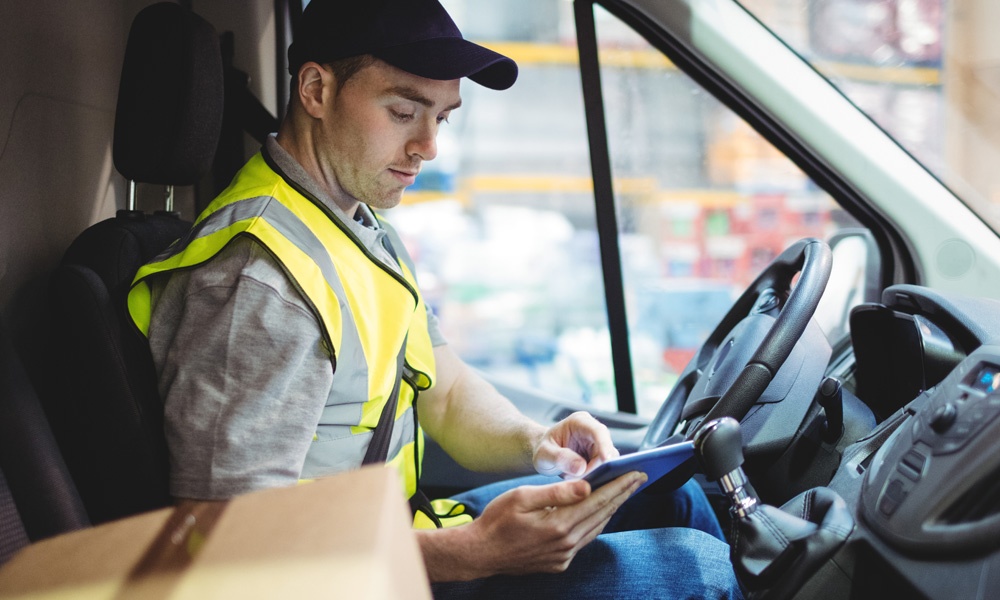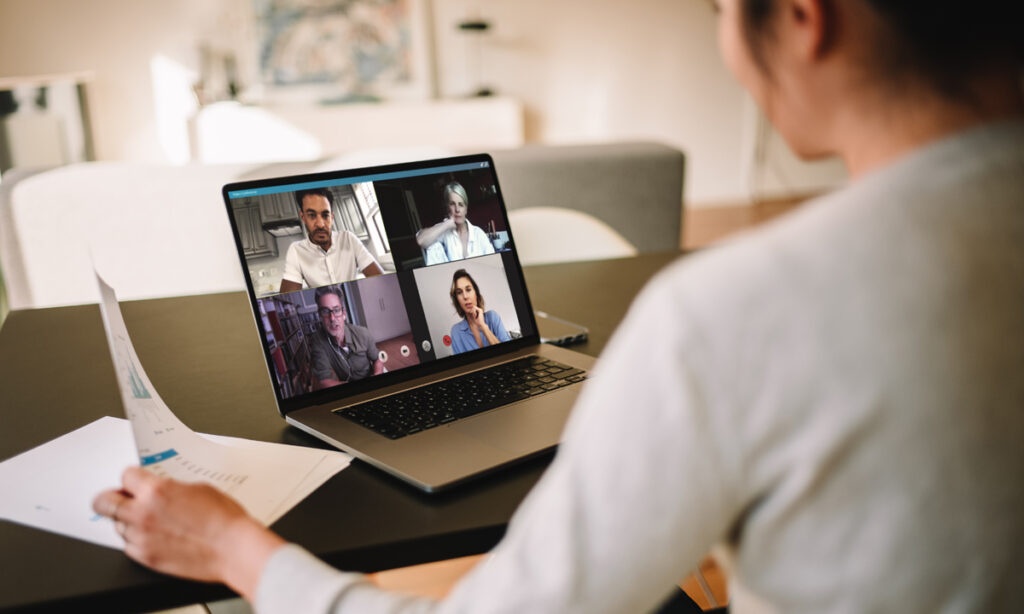The Covid-19 pandemic increased opportunities for remote work four to five times more than before, according to a report from McKinsey & Co. Although many office-based workers had no choice but to leave their desk jobs and make the move to work from home in early 2020, remote work appears to be here to stay. The rapid transformation brought forward by the pandemic has muddied the definition of remote workers versus lone workers, but it’s essential not to confuse the two.
Get the White Paper: “HOW LONE WORKER SAFETY IS CHANGING”
Lone Workers vs. Remote Workers
The confusion is understandable, however. At the height of the pandemic, more than 50 percent of U.S. workers left the confines of their corporate campuses and were working from home (WFH) where there was no direct oversight from coworkers, managers, or facility staff members. And as the Delta variant continues to rage, and even after the global health crisis ends, some will continue in the same vein or move to WFH two to three days per week as a more permanent schedule, says Nicholas Bloom, a professor at Stanford University, whose research focuses on remote work.
While remote workers may work alone at home, some may choose to work at busy cafes, decide to rent coworking spaces surrounded by others, or opt to come into the office on certain days for special meetings. However, it is worth distinguishing the difference between remote workers and lone workers, as they are in fact quite different.

Lone workers are employees who work alone without close or direct supervision, such as hospice care nurses, truck drivers, or cable repair technicians. They’re often more vulnerable than office-based workers when it comes to risks, such as hostile patients or perilous work conditions, like climbing tall poles topped by high-voltage electrical wires. These employees typically don’t have the option of working remotely from home; think about gas station attendants, for instance. Unfortunately, when the pandemic hit, lone workers discovered a new risk – contracting a deadly virus.
The Impact of the Pandemic on Lone and Remote Work
The pandemic significantly raised the already heightened risks for lone workers such as hospice care nurses, whose work may leave them vulnerable to infection or who may unintentionally infect others. Other lone workers, such as delivery drivers or security guards, have seen an increase in demand, but now require new ways to keep them safe such as providing PPE. If injured on the job, it’s important to have plans to keep them safe amidst the already strained emergency services and hospitals.
And remote workers have seen even more change during the crisis. As employees and their employers have become comfortable with telework, companies are revising their WFH policies and making other accommodations. Apple, for example, has adopted a hybrid model that requires staff to come to the office three days a week, with WFH an option on Wednesdays and Friday. And for employees who work from its San Francisco headquarters, Twitter no longer assigns seating by team. Sections of the office will instead be labeled as “quiet” or “social.”

More changes are likely to surface as the pandemic continues to influence businesses’ HR and company policies, as well as workers’ decisions about the shifting landscape of how and where we work.
8 Ways to Protect Both Lone Workers and Remote Workers
While the pandemic may have impacted remote workers to a greater degree, they and lone workers continue to need protection. Both categories still require “duty of care” from employers, who are legally obligated to protect staff from undue risks. So, when considering remote and lone workers’ safety, organizations must plan for solutions unique to those employees’ circumstances. Here are eight factors and fixes to keep in mind:
1. Dynamic Locations
Staff can’t be protected if employers don’t know where they are. Remote and lone worker safety solutions like Everbridge’s Safety Connection can help by keeping dynamic track of employees’ whereabouts. They also extend protection to visitors and workers who may be traveling for business or working out of a facility or branch where they’re not normally assigned.
2. Employee Schedules and Capabilities
Besides tracking where remote and lone workers are, employers should know when they’re working, as well as their skill sets. Combining staff schedules, skills’ background, and location helps companies better organize rescue and care efforts. For example, knowing who’s had CPR training, who’s on call versus on site, and employees’ locations provides critical information to first responders and other managers directing response efforts.
3. Two-Way Communication
Two-way or bi-directional communication assists employers and employees alike. Organizations can easily reach out to assess whether staff are safe, and workers can respond to queries and polls (e.g., I’m safe, or I need help). The latter is especially helpful in critical events like active shooter situations when friends and family want to know if their loved ones are safe under your care.
4. Location Awareness
Knowing where employees are is more powerful when their locations can be visually and comprehensively mapped. A map offers contextual details that can aid managers as they plan responses to critical events.
5. Global Public Emergency Services
Travelers are often unaware of the local equivalent of 9-1-1 when visiting foreign countries for work. A mass notification system that connects to public emergency services in any nation will allow remote and lone workers (which is what any on-site workers become when they travel out of the country) to quickly and easily find help. A service like this can reduce organizations’ insurance premiums, strengthen lawsuit protections, and improve employee engagement and retention by assuring workers that their employer has their best interests and safety in mind.
6. Periodic Check-Ins
Technology can help lone and remote workers check-in when they feel unsafe and no one’s around. Everbridge’s Safe Corridors, a feature within Safety Connection that works in tandem with a mobile SOS button, is one example. It allows employees to touch base with an organization at regular intervals, such as every hour or every four hours — whatever the company requires, and when employees miss a check-in, Safe Corridor triggers a panic message. It also captures audio and video in real-time, which can be a real asset in an emergency.
7. Wearable Technology
Balance tech solutions with a physical panic button, a wearable lone or remote worker safety device that can be slung around the neck or affixed to a belt or pocket. Workers can simply press it to alert their employer and trigger a response, all while avoiding detection by those around them.
8. Geofences and Privacy
Critical event managers can geofence an area when an emergency occurs in a specific location. When employees traverse the geofence — they may swipe a badge to enter certain buildings, for instance — they’ll receive an automatic notification about the event, as well as a prompt for a safety check. Their privacy remains intact until they proactively respond to the prompt; employers aren’t given their location till then.
The above considerations are key to protecting those lone working or working remotely. They number 53 million — and that’s just in the United States, Canada, and Europe — a figure that has only grown since the pandemic accelerated the trend towards remote work so are a significant bloc of employees who deserve the same protections afforded on-site or office workers.
To learn more about how organizations can keep them safe, download the free white paper “How Lone Worker Safety is Changing: 8 Ways to Keep Pace” today!

